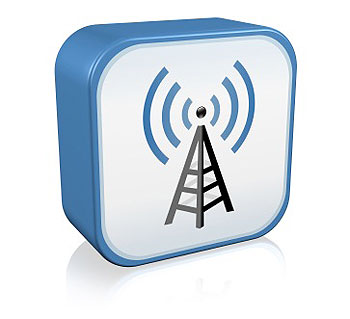“WiFi Hotspots” In our previous article, we looked at how the “WiFi” work, this time round; we shall look at the practicality of a WiFi network. Now days, there are lots of internet connections here and there, virtually in any public places.


"WiFi Hotspots”
In our previous article, we looked at how the "WiFi” work, this time round; we shall look at the practicality of a WiFi network. Now days, there are lots of internet connections here and there, virtually in any public places.
If you want to take advantage of public WiFi hotspots or start a wireless network in your home, the first thing you’ll need to do is make sure your computer has the right gear. Most new laptops and many new desktop computers come with built-in wireless transmitters.
If your laptop or desktop computer does not, take heart, you can buy a wireless adapter that plugs into the PC card slot or USB port. Desktop computers can use USB adapters, or you can buy an adapter that plugs into the PCI slot inside the computer’s case. Many of these adapters can use more than one 802.11 standard.
Once you’ve installed your wireless adapter and the drivers that allow it to operate, your computer should be able to automatically discover existing networks. This means that when you turn your computer on in a WiFi hotspot, the computer will inform you that the network exists and ask whether you want to connect to it.
If you have an older computer, you may need to use a software program to detect and connect to a wireless network. Being able to connect to the Internet in public hotspots is extremely convenient.
Wireless home networks are convenient as well. They allow you to easily connect multiple computers and to move them from place to place without disconnecting and reconnecting wires.
If you already have some computers networked in your place, you can create a wireless network with a wireless access point. If you have several computers that are not networked, or if you want to replace your Ethernet network, you’ll need a wireless router. This is a single unit that contains; A port to connect to your cable or DSL modem, a router, an Ethernet hub, a firewall and may be a wireless access point.
A wireless router allows you to use wireless signals or Ethernet cables to connect your computers to one another, to printers and to the Internet. Most routers provide coverage for about 30 meters in all directions, although walls and doors can block and reduce the signal strength. If your place is very large, you can buy cheap range extenders or repeaters to increase your router’s range.
As is the case with wireless adapters, many routers can use more than one 802.11 standard. 802.11b routers are slightly less expensive, but because the standard is older, they’re slower than 802.11a, 802.11g and 802.11n routers.
Most people select the 802.11g option for its speed and reliability coupled with affordability. Once you plug in your router, it should start working at its default settings. Most routers let you use a Web interface to change your settings.
You can create the name of the network, known as its service set identifier (SSID) the default setting is usually the manufacturer’s name, it is not advisable to use the default name. Chose the channel that the router uses; most routers use channel 6 by default.
If you live in an apartment and your neighbours are also using channel 6, you may experience interference. Switching to a different channel should eliminate the problem. Many routers use a standard, publicly available sign-on, so it’s a good idea to set your own username and password.
(To be cont’d)
eddie@afrowebs.com


